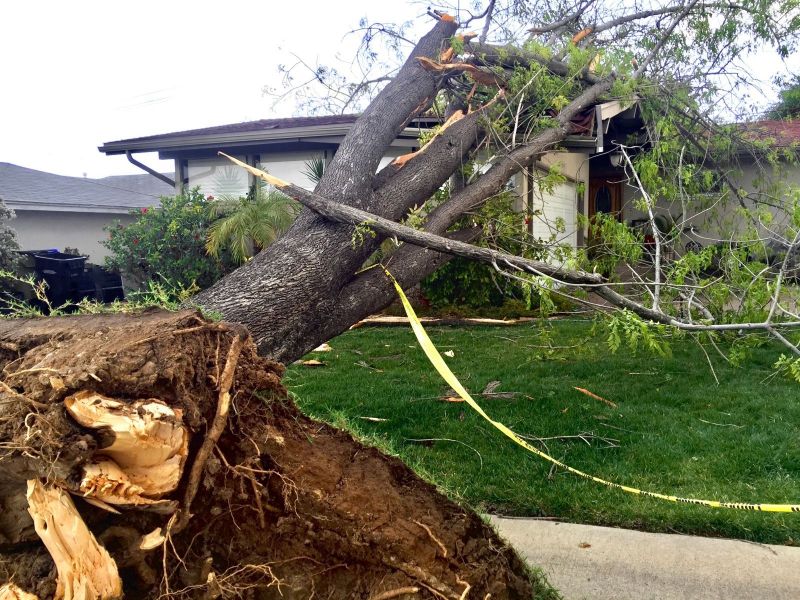Experiencing a disaster such as a fire or flood can be a traumatic event for anyone. Once the disaster has occurred, the priority is to address the primary damage, such as extinguishing the fire or removing the standing water. However, it's equally important to be aware of and prevent secondary damage. Secondary damage refers to damage that occurs after the initial event, such as mold growth or structural damage. In this article, we will discuss the steps you can take to prevent secondary damage after a disaster.
Rapid Response
The first and most important step in preventing secondary damage is to respond quickly to the disaster. Once the initial damage has occurred, it's crucial to take immediate action to address the situation. This can include contacting emergency services or restoration professionals who can help you mitigate the damage and prevent secondary damage.
Assessing the Damage
After the initial response, the next step is to assess the damage. This involves inspecting your property to determine the extent of the damage and identify areas where secondary damage may occur. For example, if your property has experienced flooding, it's important to check for moisture in the walls or under the flooring, which can lead to mold growth if not addressed.
Drying and Dehumidifying
One of the most effective ways to prevent secondary damage is to thoroughly dry and dehumidify your property. This can help prevent mold growth and structural damage. Restoration professionals use specialized equipment such as dehumidifiers and fans to dry out the affected areas and prevent secondary damage.
Cleaning and Sanitizing
After a disaster, it's important to clean and sanitize your property to prevent the growth of harmful bacteria or mold. This can involve using specialized cleaning agents and equipment to remove any remaining debris, soot, or standing water.
Restoring Your Property
Once the primary damage has been addressed, the next step is to restore your property to its pre-disaster condition. This can involve repairing structural damage, replacing damaged materials, and repainting or refinishing surfaces that have been affected by the disaster.
Preventative Measures
After your property has been restored, it's important to take preventative measures to prevent future disasters and secondary damage. This can include regular maintenance, such as inspecting your property for water leaks or other potential hazards, as well as implementing safety measures such as installing smoke detectors or sprinkler systems.
Experiencing a disaster can be a traumatic event, but taking the right steps to prevent secondary damage can help minimize the long-term effects. Rapid response, assessing the damage, drying and dehumidifying, cleaning and sanitizing, restoring your property, and taking preventative measures are all essential steps in preventing secondary damage after a disaster. By working with restoration professionals and implementing preventative measures, you can help ensure that your property remains safe and secure for years to come.

